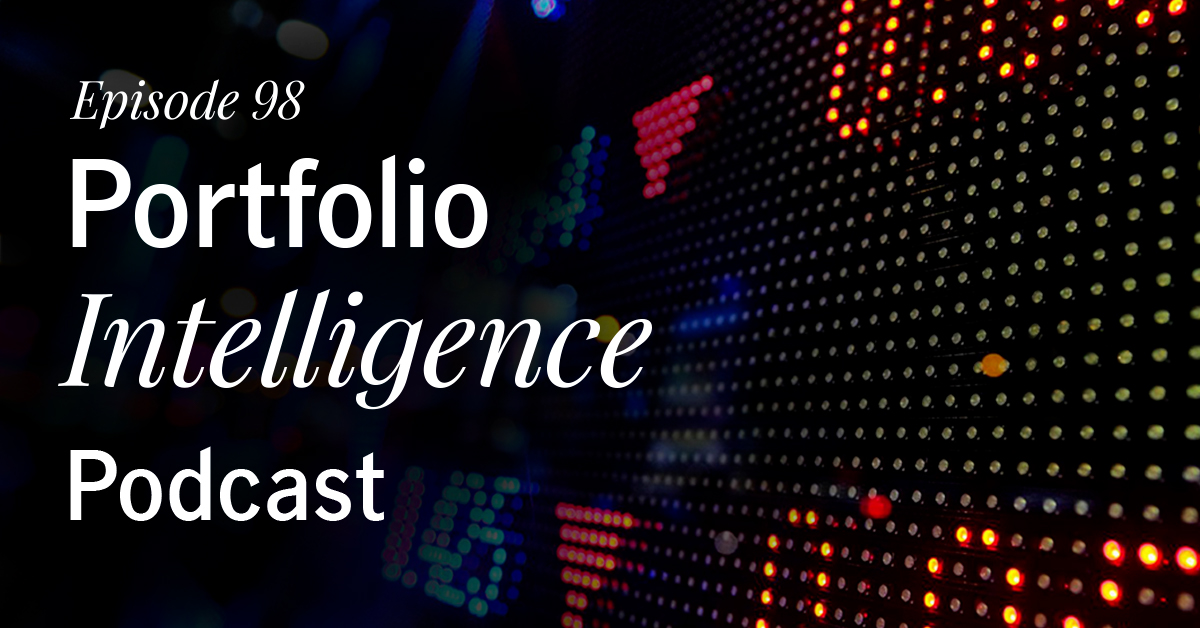
September 11, 2025
Please enter the email address you used when registering.
If you have a valid account with us, you will receive an email with instructions to reset your password.
Please try again later.
In order to change your password, we need to verify your identity. We will send an authorization code to the email address on file.
Please enter the 6-digit code sent to your email. If you have not received a code, you may not have a registered account.
Please try again later.
Enter your password to login.
In order to change your password, we need to verify your identity. We will send an authorization code to the email address on file.
Enter the 6-digit code sent to your email
Please try again later.
In order to change your phone number, we need to verify your identity. We will send an authorization code to the email address on file.
Enter your password to login.
To verify your identity, we need to send an authorization code to the email address on file.
Enter the 6-digit code sent to your email
Please try again later.
We need a phone number to keep your account secure. We will send you a code to validate your phone number.
Please enter the email address you used when registering.
If you have a valid account with us, you will receive an email with instructions to reset your password.
Please try again later.
In order to change your password, we need to verify your identity. We will send an authorization code to the email address on file.
Please enter the 6-digit code sent to your email. If you have not received a code, you may not have a registered account.
Please try again later.
Enter your password to login.
In order to change your password, we need to verify your identity. We will send an authorization code to the email address on file.
Enter the 6-digit code sent to your email
Please try again later.
In order to change your phone number, we need to verify your identity. We will send an authorization code to the email address on file.
We have sent an email to {0}. Click the link in the email to finish setting up your dashboard
Please enter the email address you used when registering.
If you have a valid account with us, you will receive an email with instructions to reset your password.
Please try again later.
In order to change your password, we need to verify your identity. We will send an authorization code to the email address on file.
Please enter the 6-digit code sent to your email. If you have not received a code, you may not have a registered account.
Please try again later.
Enter your password to login.
In order to change your password, we need to verify your identity. We will send an authorization code to the email address on file.
Enter the 6-digit code sent to your email
Please try again later.
In order to change your phone number, we need to verify your identity. We will send an authorization code to the email address on file.

As economic patterns shift and regional factors influence markets, reassessing allocation is crucial
Source: Manulife Investment Management, September 30, 2025. These views are updated on a quarterly basis. This commentary is provided for informational purposes only and is not an endorsement of any security, mutual fund, sector, or index. Diversification does not guarantee a profit or eliminate the risk of a loss. No forecasts are guaranteed.
Spain’s GDP remains above trend, supported by strong consumption, a robust services sector, and insulation from global trade shocks. Structural reforms and European Union (EU) stimulus have enhanced long-term growth potential.
Spanish equities offer improving earnings, strong return on equity, and attractive valuations. Elevated earnings yield, generous dividends, and buybacks provide compelling total return potential versus developed-market peers.
Spain’s equity index is heavily weighted toward European financials—a sector benefiting from earnings momentum, regulatory support, and favorable credit conditions. Corporate revenues have gained from exposure to high growth areas like Latin America.
Spain’s low fiscal deficit risk and household deleveraging support sovereign and credit markets. ECB accommodation and EU integration reduce macro volatility, reinforcing investor confidence in Spanish assets.
12-month forward EPS of MSCI Spain relative to MSCI EAFE
Asset class returns comprise the Multi-Asset Solutions Team’s expectations of how different asset classes may perform over a 5- and 20-year-plus time horizon.

Source: Multi-Asset Solutions Team, Manulife Investment Management, as of September 30, 2025. Not all asset classes with forecasts are represented in every portfolio managed by the Multi-Asset Solutions Team. Data shown in the tables reflects the most recent data available. Asset class forecasts comprise inputs driven by proprietary Manulife Investment Management research and are not meant as predictions for any particular index, mutual fund, or investment vehicle. To initiate the investment process, the investment team formulates 5-year and 20-year-plus risk/return expectations, developed through a variety of quantitative modeling techniques and complemented with qualitative and fundamental insight. Assumptions are then adjusted for a number of factors. REITs refers to real estate investment trusts. USD, CAD, and CNY refer to the U.S. dollar, the Canadian dollar, and the Chinese yuan, respectively. This chart contains forecasts reflecting potential future events and is only as current as of the date indicated. There is no assurance that such events will occur, and the actual asset class return may be significantly different from that shown here. This material should not be viewed as a recommendation or a solicitation of an offer to buy or sell any investment products or to adopt any investment strategy. It is not possible to invest directly in an index. Past performance does not guarantee future results.

Nathan W. Thooft, CFA
CIO, Multi-Asset Solutions Team, Global Equities

Robert E. Sykes, CFA
Senior Portfolio Manager, Head of Asset Allocation, U.S., Multi-Asset Solutions Team

James Robertson, CIM
Senior Portfolio Manager, Head of Multi-Asset Solutions, Canada, Head of Tactical Asset Allocation, Multi-Asset Solutions Team

Luke Browne
Senior Portfolio Manager, Global Head, Multi-Asset Solutions Team, Head of Multi-Asset Solutions, Asia

Geoffrey Kelley, CFA
Senior Portfolio Manager, Global Head, Systematic Equity Solutions, Multi-Asset Solutions Team

Benjamin W. Forssell, CFA
Client Portfolio Manager, Global Multi-Asset, Multi-Asset Solutions Team

Eric Menzer, CFA, CAIA, AIF
Head of Advisory Solutions, Senior Portfolio Manager, Multi-Asset Solutions Team

September 11, 2025

October 3, 2025
Equities
U.S. large cap is represented by the S&P 500 Index, which tracks the performance of 500 of the largest publicly traded companies in the United States. U.S. small cap is represented by the S&P Small Cap 600 Index, which tracks the performance of 600 small-cap companies in the United States. Canadian large cap is represented by the S&P/TSX 60 Index, tracks the performance of the large-cap segment of the Canadian equity market on the Toronto Stock Exchange (TSX). Non-U.S. developed is represented by the MSCI Europe, Australasia, and Far East (EAFE) Index, which tracks the performance of large- and mid-cap stocks of companies in those regions. Emerging markets is represented by the MSCI Emerging Markets (EM) Index, which tracks the performance of large- and mid-cap EM stocks. United Kingdom is represented by the MSCI United Kingdom (U.K.) Index, which tracks the performance of the large- and mid-cap segments of the U.K. market. Japan is represented by the MSCI Japan Index, which tracks the performance of the large- and mid-cap segments of the Japanese market. Emerging Latin America is represented by the MSCI Emerging Markets (EM) Latin America Index tracks the performance of large- and mid-cap stocks in Latin America. China is represented by the MSCI China Index, which tracks the performance of large- and mid-cap stocks in China. Hong Kong is represented by the MSCI Hong Kong Index, which tracks the performance of large- and mid-cap stocks in Hong Kong. AC APAC ex-Japan is represented by the MSCI All Country (AC) Asia Pacific ex Japan Index, which tracks the performance of large- and mid-cap stocks across developed and emerging markets in the Asia-Pacific region, excluding Japan. Global REITs are represented by the FTSE EPRA Nareit Developed Index, which tracks the performance of listed real estate companies and real estate investment trusts in developed markets on a free float-adjusted basis. Global listed infrastructure is represented by Dow Jones Brookfield Global Infrastructure Index, which tracks the performance of pure-play infrastructure companies globally and covers all sectors of the infrastructure market.
Fixed income
U.S. investment grade is represented by the Bloomberg U.S. Aggregate Bond Index, which tracks the performance of U.S. investment- grade bonds in government, asset-backed, and corporate debt markets. Canadian investment grade is represented by the FTSE Canada Universe Bond Index, which tracks the performance of marketable government and corporate bonds outstanding in the Canadian market. Global investment grade is represented by the Bloomberg Global Aggregate Bond Index, which tracks the performance of global investment-grade debt in fixed-rate treasury, government-related, corporate, and securitized bond markets. U.S. high yield is represented by the Intercontinental Exchange (ICE) Bank of America (BofA) U.S. High Yield Index, which tracks the performance of below-investment-grade U.S. dollar-denominated corporate bonds publicly issued in the U.S. domestic market and includes issues with a credit rating of BBB or below. U.S. leveraged loans is represented by the J.P. Morgan U.S. Liquid Index (JULI), which tracks the performance of a specific corporate bond or sector against the subset of the most liquid bonds in the investment-grade market. Emerging markets debt is represented by a combination of the J.P. Morgan EMBI Global Diversified Index, which tracks the performance of U.S. dollar-denominated Brady bonds, Eurobonds, and traded loans issued by sovereign and quasisovereign entities, capping exposure to countries with larger amounts of outstanding debt; the J.P. Morgan Corporate Emerging Markets Bond Index (CEMBI), which tracks the performance of U.S. dollar-denominated debt issued by EM corporations; the J.P. Morgan Government Bond Index-Emerging Market (GBI-EM) Broad Index, which tracks the performance of local currency EM government bonds. Asia credit high yield is represented by the J.P. Morgan Asia Credit Index, which tracks total returns for actively traded U.S. dollar-denominated debt instruments in the Asia ex-Japan region. Asia investment grade is represented by the J.P. Morgan Asia Credit Index Investment Grade Corporate Index, which tracks the credit spreads of Asian investment-grade (IG) credit.
Private assets
U.S. real estate is represented by the MSCI U.S. Quarterly Property Index (Unfrozen), which tracks unlevered total returns of directly held property investments in the United States from one valuation to the next. European real estate is represented the MSCI Europe Quarterly Property Index (Unfrozen), which tracks unlevered total returns of directly held property investments in Europe from one valuation to the next. Private infrastructure is represented by the Burgiss Global Infrastructure Funds Index, which is calculated from the Burgiss Manager Index, one of the most comprehensive datasets of private capital funds, funds of funds, and their holdings. Farmland is represented by the NCREIF Farmland Index, which tracks the performance of farmland properties held by NCREIF members. Timberland is represented by the NCREIF Timberland Index, which tracks the performance of timberland properties held by NCREIF members. Private equity is represented by the State Street Private Equity Index (SSPEI), which tracks the performance of high-quality primary PE in a timely manner. Buyouts are represented by the State Street Private Equity (SSPE) Buyout Index, which is a subset of the SSPEI and is limited to the PE funds categorized as buyout. Venture capital is represented by the State Street Private Equity (SSPE) Venture Capital Index, which is a subset of the SSPEI and is limited to the PE funds categorized as venture capital. Private credit is represented by the State Street Private Equity (SSPE) Private Credit Index, which is a subset of the SSPEI and is limited to the PE funds categorized as private credit.
4889686